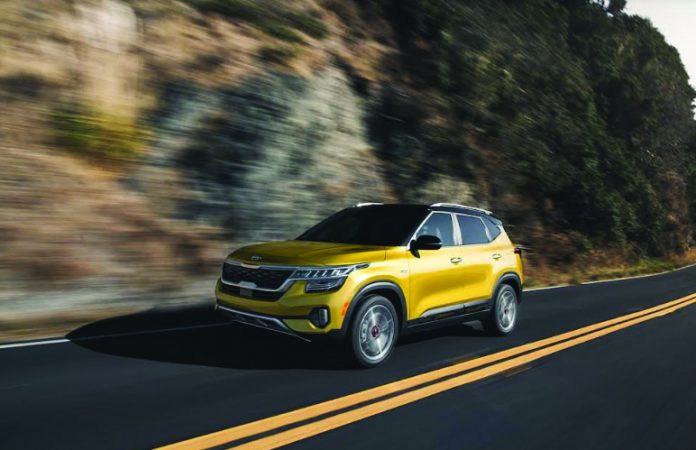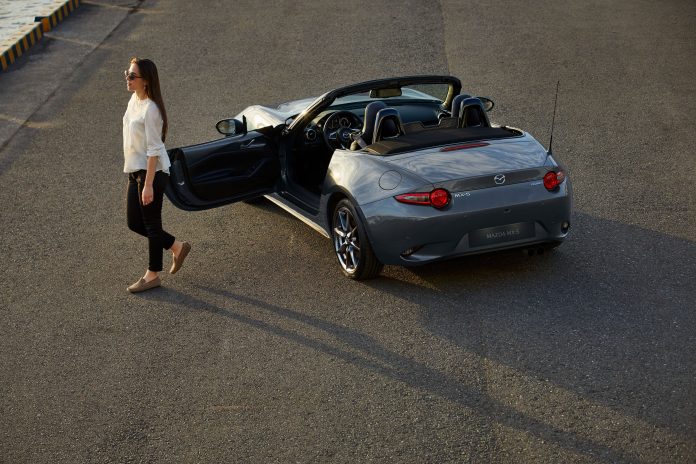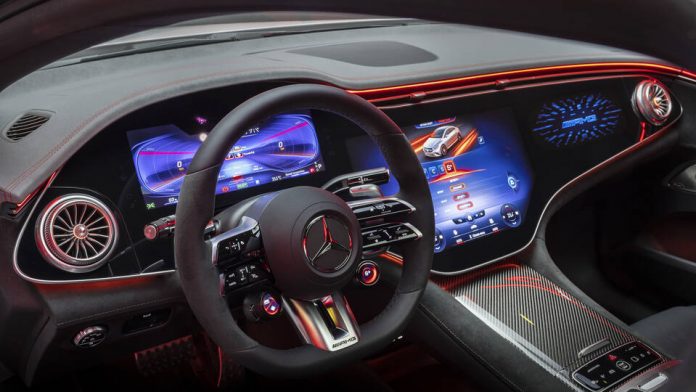Montreal: Worried parents say they were blindsided by a decision to open Montreal’s first supervised drug-inhalation facility less than 100 metres from their children’s school.
The building is nearing completion in the St-Henri neighbourhood, only steps from Victor-Rousselot elementary, which counts 300 students from preschool through Grade 6.
That’s too close for comfort for Sylvain Boitiere, a father of two children, ages four and six, who attend Victor-Rousselot. He said news that the new building would include supervised drug consumption came as a shock.
“It took an unexpected, unwanted turn,” he said.
“We pay close attention to the children’s safety,” he added. “With this centre, we don’t know everything that’s going to happen.”
The project is an initiative of Maison Benoit Labre, a local non-profit that runs a day centre for people experiencing homelessness. The new, four-storey building on Atwater Avenue will have 36 studio apartments for unhoused people with mental health or addiction issues.
The ground floor will include what the organization calls an overdose prevention centre, where clientswill be able to bring their own substances to use in the presence of trained personnel. It will be the first supervised drug-use site in Montreal able to accommodate drug inhalation in addition to other methods of consumption, such as injection, according to the city’s public health authority.
Several parents of students at Victor-Rousselot said they recognize the importance of expanding services for unhoused people, but question why a drug consumption site was allowed to open so close to the school.
Chantal Gagnon, the mother of two kids aged six and seven, pointed to the provincial law that forbids legal cannabis stores in Montreal from opening within 150 metres of any school below the university level. Meanwhile, she said, the Maison Benoit Labre facility will bring harder substances, such as fentanyl and crack, even closer to the Victor-Rousselot campus.
On Thursday, Boitiere and Gagnon gathered with other parents while their children played in the small park that sits between the school’s back entrance and the future Maison Benoit Labre building.
The safety and cleanliness of the park are the central focus of several of the parents’ concerns. Fenced on three sides, the small green space and playground are closed to the public during the school day but open in the evening.
“We’re a little worried,” said Migline Bitaut, mother of two Victor-Rousselot students.
“What’s going to be the impact on our children’s lives?” she asked. “Are we going to find people who will consume (drugs) and come to the park while our children are there after school?”
Boitiere, Gagnon and Bitaut all said they were unaware the Maison Benoit Labre centre would include supervised drug use until it was reported in the media over the summer. Gagnon said she has drafted an open letter in collaboration with other parents calling for a public review of the project before its opening, scheduled for October.
Supporters of the project, meanwhile, say the focus must be on the vulnerable people the centre will serve.
“There’s no perfect place for sites where we’re gonna help people get out of chronic homelessness (or) help people deal with chronic using of drugs,” Craig Sauve, the city councillor who represents the neighbourhood, said in a recent interview.
Further delays, he said, could have deadly consequences.
“We can’t just keep kicking people who are in situations of chronic homelessness into another neighbourhood because it’s going to repeat over and over ? and people will die.”
Sauve says an indoor, supervised drug-use site will pose fewer problems for St-Henri than the current, prevalent drug use in outdoor spaces, such as alleyways and the square next to the local metro station. “It’s a much cleaner solution,” he said.
Andreane Desilets, the executive director of Maison Benoit Labre, agrees.
“Supervised consumption spaces are seen as this kind of big pest, but ultimately, you have to provide spaces that are adequate,” she said in an interview.
“It’s a question of public safety,” she continued. “What we’ve got is a safe space for people who consume. What we also want is to increase safety for everyone around us.”
Desilets insists Maison Benoit Labre has worked hard to inform the community of its plans for the Atwater site, which she said have always included an overdose prevention service.
She explained the non-profit has held a number of block parties to engage local residents and made overtures to the local school commission to share information. An information session for parents of Victor-Rousselot students is planned for mid-September.
Other measures designed to minimize its impact on the surrounding area include a neighbourhood cleaning brigade, a full-time worker dedicated to ensuring a harmonious co-existence with the elementary school, and the placement of the new building’s main entrance away from the campus, Desilets said.
She issued a call for Montrealers to “work together on issues that affect us.”
“We have to stop shaming people who consume (drugs). Then we have to address it as a real issue ? an issue that risks affecting everyone, including children.”
By Thomas MacDonald
The Canadian Press









